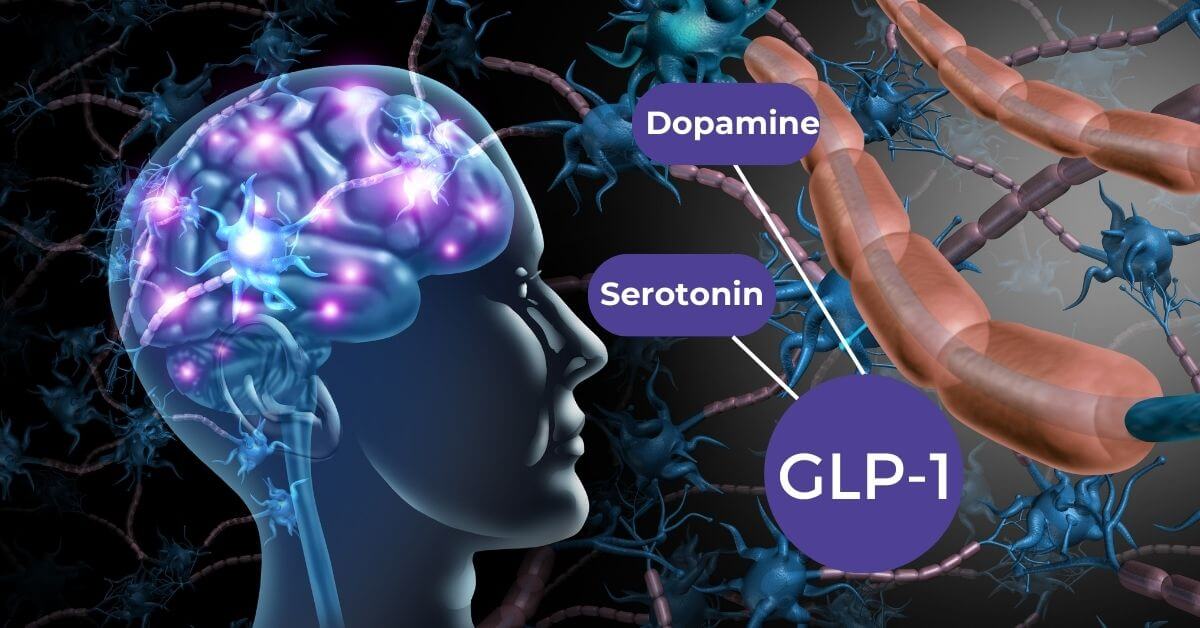We all have occasional aches and pains, especially as we age, but arthritic pain can be somewhat different. Persistent joint discomfort, often accompanied by stiffness, can be a warning sign that arthritis might be setting in. At Text2MD, a telemedicine consultation practice, our board-certified physicians frequently take calls from patients across the US who are wondering if they have arthritis, and if so, what can be done about it.
What Arthritis Feels Like
Arthritis typically begins in the joints. Depending on which joints are affected, arthritic pain can make it difficult to climb stairs, work on a computer, go for a walk, or engage in other daily activities that could previously be done with ease. This throbbing pain is often accompanied by stiffness and/or swelling. This pain might be barely noticeable at first, but over time it can become debilitating.
Depending on what type of arthritis you have, the symptoms may be somewhat different. Both osteoarthritis and rheumatoid arthritis are characterized by joint-related symptoms, but there can also be pain experienced in the neck or back. Sometimes, there are symptoms that may seem unrelated, but can also point to arthritis. The exact type of pain and how it radiates might also vary.
Osteoarthritis Symptoms
Osteoarthritis develops when the cartilage between joints becomes worn down. Many years of repetitive activity can cause this to happen. Some common signs of osteoarthritis often include:
- Throbbing pain deep in the joint
- Swelling in the joint
- Pain that often feels better with rest
- Pain and stiffness that becomes worse as the day progresses
- Pain that is triggered after specific activities
- Stiffness that makes it difficult to move the joint
- A feeling of friction when moving the joint
- Pain that interferes with work, daily activities, and exercise
Rheumatoid Arthritis Symptoms
Rheumatoid arthritis is an autoimmune disorder that can cause several symptoms besides joint pain – although this remains a key indicator. Unlike osteoarthritis, which usually affects people over the age of 50, rheumatoid arthritis can hit at any age (most commonly between ages 25 and 50). Symptoms include:
- Pain that affects multiple joints
- Pain that can be either burning or throbbing
- Swelling that is warm to the touch
- Joint stiffness that becomes worse after inactivity
- Pain that radiates into other parts of the body
- Fatigue, fever, weight loss, and/or loss of appetite
Diagnosing the Different Types of Arthritis
We have outlined the two most common types of arthritis above, but there are actually many sub-categories of the disease. While the symptoms will often be similar regardless of what exact type of arthritis you have, it is important to get an accurate diagnosis from a medical professional. A specialist can review your symptoms and medical history, and order lab tests or imaging tests (such as an ultrasound or x-ray).
Your doctor might also recommend an arthrocentesis, which is a procedure that removes some fluid from the joint for analysis. This fluid is tested in a lab, and can be a good indicator of more rare forms of arthritis.
What To Do Once Arthritic Pain has been Diagnosed
Once you know you have arthritis, there are several treatment methods that can make life with this condition much easier. Your doctor might recommend medication, physical therapy, or in advanced cases, surgery. Some patients benefit from a combination of treatments. Sometimes it requires a bit of trial and error to find out what will work best for you.
Medication Options
For cases that are not too advanced, an over-the-counter nonsteroidal anti-inflammatory drug (NSAID) can be very helpful. Ibuprofen and naproxen sodium are examples of anti-inflammatory medications that can be purchased at any pharmacy. With a prescription, you can get stronger versions of these medications. There are also topical, over-the-counter ointments that can be applied directly to joints to relieve pain and inflammation.
For more advanced cases of arthritis, your doctor might recommend a corticosteroid medication, such as prednisone. Steroids can significantly reduce pain and inflammation, and slow joint damage. Corticosteroids can be prescribed in pill form or may be injected directly into the joint.
What About DMARDS?
Disease-modifying antirheumatic drugs (DMARDs) are sometimes prescribed for rheumatoid arthritis. They can slow the progression of this disease and save surrounding tissue from permanent damage. There are more side effects associated with this drug but it can be extremely helpful for patients who have already tried other treatment methods.
Physical Therapy
Therapy that gradually introduces a range of targeted exercises can be very helpful for some forms of arthritis. Exercise, when done properly, can improve range of motion and strengthen the muscles that surround a painful joint. Swimming and water aerobics are particularly helpful since being in water reduces stress on weight-bearing joints. Over time, following a customized exercise plan can greatly improve quality of life for people with all types of arthritis.
Surgery
When the above measures have already been tried, but a person’s condition continues to deteriorate, surgery might be suggested. If a joint can be repaired, this may be done through a minimally invasive arthroscopic procedure. If it is too late for a more straightforward repair, your doctor might recommend a full joint replacement. This surgery removes the damaged joint entirely and replaces it with an artificial one. This procedure is typically performed on hips and knees.
Lifestyle Changes That Can Help
In many cases, arthritic pain can be reduced by following some simple lifestyle habits, such as eating an anti-inflammatory diet rich in fruits and vegetables, and reducing alcohol intake. An added benefit of this might be weight loss, which can help to reduce pressure on weight-bearing joints.
Applying heat and cold, alternating between the two, can be helpful in reducing inflammation naturally, reducing the need for medication. You might also benefit from using an assistive device, such as a cane or walker, when you will be on your feet for longer than usual. Shoe inserts, raised toilet seats, and handrails are examples of other assistive devices that can make it easier to perform daily tasks.
Alternative Medicines
While there is still research that needs to be done, there are several promising alternative treatments for arthritis that have been shown to provide relief. Acupuncture and massage are examples of hands-on treatments that can improve circulation and reduce inflammation in specific parts of the body. While this is not effective for everyone, any non-surgical and drug-free alternative is always worth a try.
Natural supplements such as glucosamine, chondroitin, and fish oil have been shown to be more effective than a placebo at reducing pain and inflammation in the joints. Always check with your doctor before taking a supplement to make sure it will not interfere with any medication you are on.
Preparing for your Appointment
When you have your appointment booked, it is important to plan ahead to make sure you will be making the most of this time with your doctor. Preparing a list that includes a detailed description of your symptoms and information about any other health issues you have (or have had in the past) is a good place to start.
Your doctor will also ask about family medical history, so being able to share details about the health of your parents, grandparents, or siblings would be helpful. Your doctor will want to know about any medications and dietary supplements that you take, so have this information on hand as well.
Follow-Up Care
Once it has been determined that you have arthritis, and exactly what type of arthritis you have, you will need to ensure regular follow-up appointments to monitor your condition. There is no cure for arthritis, but ensuring proper medical attention and following your doctor’s instructions closely can make living with this disease much easier.
Living with arthritic pain can be manageable with the right medication, lifestyle habits, and therapy. Your doctor will monitor your condition closely to determine when and if the time comes to engage in more advanced treatments or surgery.
Don’t Wait Any Longer To Diagnose Your Chronic Pain!
Whether you have arthritis or some other form of chronic pain that is affecting your quality of life, it is essential to get a proper diagnosis and follow-up care. Thankfully there are affordable and easy-to-access alternatives for people who do not currently have a doctor. Contact us today at Text2MD so that we can connect you with the right doctor to answer your questions and get you started on a treatment plan.





